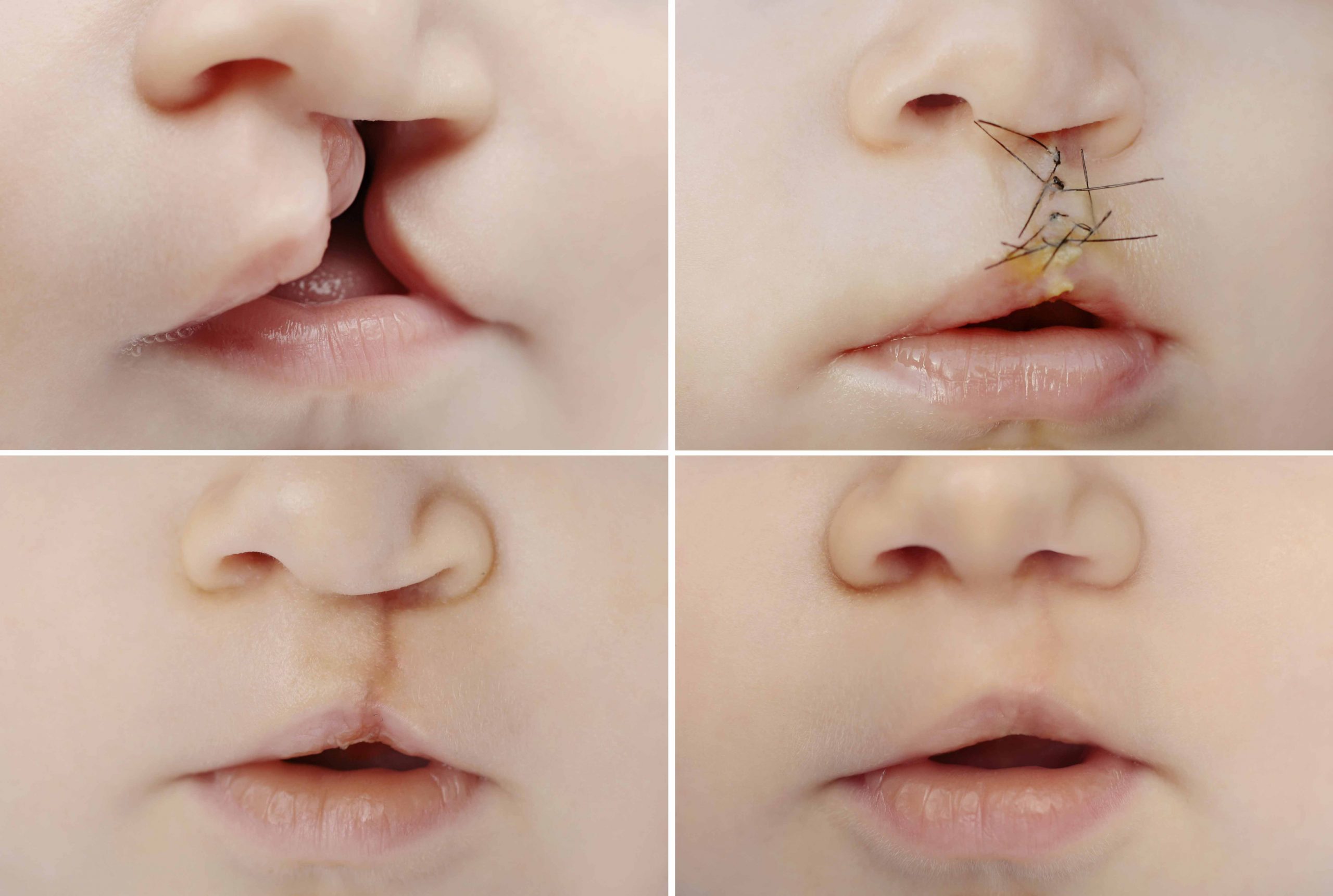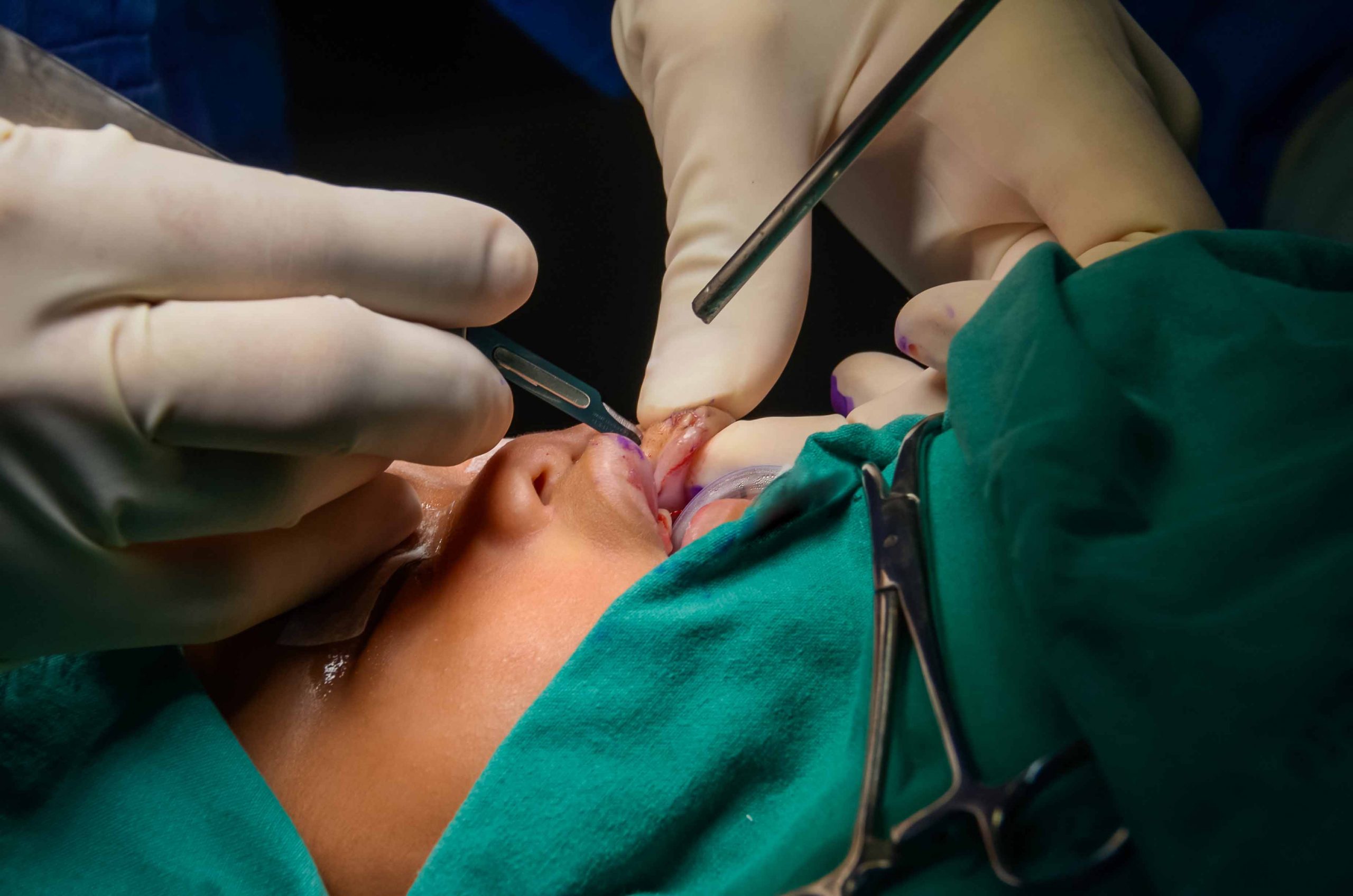Cleft lip and palate repair – Sooner the Better
Have you ever come across anyone who is in dire need of a cleft lip and palate repair surgery? If you have, you would, then, know how important it is to have this fixed- both for functional and esthetic reasons.Since human evolution, cleft lips and cleft palates have been amongst troublesome birth anomalies most commonly found in North American children. Such children need regular treatments and assessments throughout their developing stages. The presence of either cleft lip or cleft palate relates to functional and aesthetic implications for the concerned patients. This may also hinder the process of social interactions or communication ability of the concerned individual.

What is the cleft lip and palate condition?
Cleft lip or palate is a physical phenomenon wherein there are openings or splits on the upper lip, palate, or both. In simple terms, this anomaly results when there is an abnormality in the development of facial structures. Since ages, people have been associating this with the commonly occurring birth defects, inherited conditions, and related syndromes.
What causes cleft lip and palate?
It occurs when there is a defect in the fusion process of baby’s mouth and face. According to researchers, it may be an outcome of interactions taking place between genetic and environmental factors. It can also be the outcome of a faulty gene (responsible for cleft) bring passed down either from mother or father.
Find a Plastic Surgeon in Your Area
Find Top Surgeons in India by Procedure
Find the Cost of a Procedure
What are the risk factors associated with this medical condition?
The development of cleft lip and palates may accompany several risk factors; here are some of them:
1. Genetic History
When any of the mother, father, or both of them has cleft lip or palate, their babies may tend to exhibit similar physical appearance due to inherited syndrome.
2. Substance exposure in pregnancy
If a pregnant woman is severely addicted to cigarettes or alcohol or is on certain medications, possibilities of fetal cleft lip and palate development are higher.
3. Diabetic women
Certain researches have revealed that diabetic mothers have higher possibilities of conceiving babies with cleft lip and palate condition.
4. If the pregnant woman is obese
Obesity can lead to many health issues. Unborn babies of overweight pregnant woman can hence exhibit the possibility of having a cleft lip or palate or both.
Are there any signs or symptoms associated with this medical condition?
In case you experience any one or more of the following signs and symptoms, it is probably the right time to check whether you require cleft lip or palate repair surgery or not:
•Resonance and Airflow
•Articulation
•Difficulty in feeding or swallowing
•Psychosocial Impact
•Early speech/ lingual characteristics
•Disturbances in voice
•Dental/orthodontic/hearing impairment

Knowhow of Cleft lip and palate repair surgery
Restoration of the mouth and lip functions is as important as correcting abnormal development. There are specialized techniques under plastic surgery domain to correct such abnormalities. Many specialities perform this proecdure but the plastic surgeon is best suited.
It is better to start with an early intervention by visiting a cleft repair specialist. He will define a treatment schedule after examining the patient’s condition. Besides, he will also guide on the associated feeding recommendations, dental restoration, and speech rehabilitation. Here are few advantages of undergoing these two surgeries.
For cleft lips:
Cleft lip repair surgeries help in ensuring:
•Closed cleft with a cupid bow formation.
•Establishing a clear demarcation between the nose and upper lip.
•Restoration of both nasal shape and symmetry
•Straightening the columella
For cleft palates:
Cleft palate repair aids the patient with the following benefits:
It helps to separate the mouth from the nasal tip as it proceeds ahead with the defect closure.
It facilitates re-establishment of the function of soft palate muscle, thereby contributing normal speech.
It establishes a strong relationship between soft palate, the auditory canal, and the Eustachian tube. This relation helps in the process of normal hearing.
It facilitates the healthy development of both teeth and upper jaw.
When can you take your child for the cleft lip and palate repair?
The surgical time varies from person to person; however, it is always advisable to go for a consultation as soon as possible. Sooner the better!
Cleft repair specialists will consider the overall health status of your child ahead of suggesting for surgery time. He will perform this surgery within the first 3 to 6 months of a child’s age.
Protocols from cleft repair exist.
At first, the specialist will perform cleft lip repair; cleft palate repair will follow later. It is advisable to go for a cleft palate repair when the child is 9 months old to prevent permanent speech disability.
In case your child suffers from other life-threatening complications such as cardiovascular or lung disorders, your cleft repair specialist might delay the surgical procedure.
For severe cases of cleft repairs, the specialist may suggest cleft lip taping initially with or without orthodontic moulding.
It may require other cleft repair processes such as treating fluid buildup, gumline repair, or bone grafting or dental/jaw surgery. Such associated cleft repairs facilitate the biting ability of concerned child or individual.
Bottomline
Children often develop deformities in their health since birth; cleft lip and palate is one such condition. If you notice any such anomaly in your child, it is wise to visit a cleft lip and palate repair specialist immediately. He will be the right person to suggest the right time and treatment for this problem.


